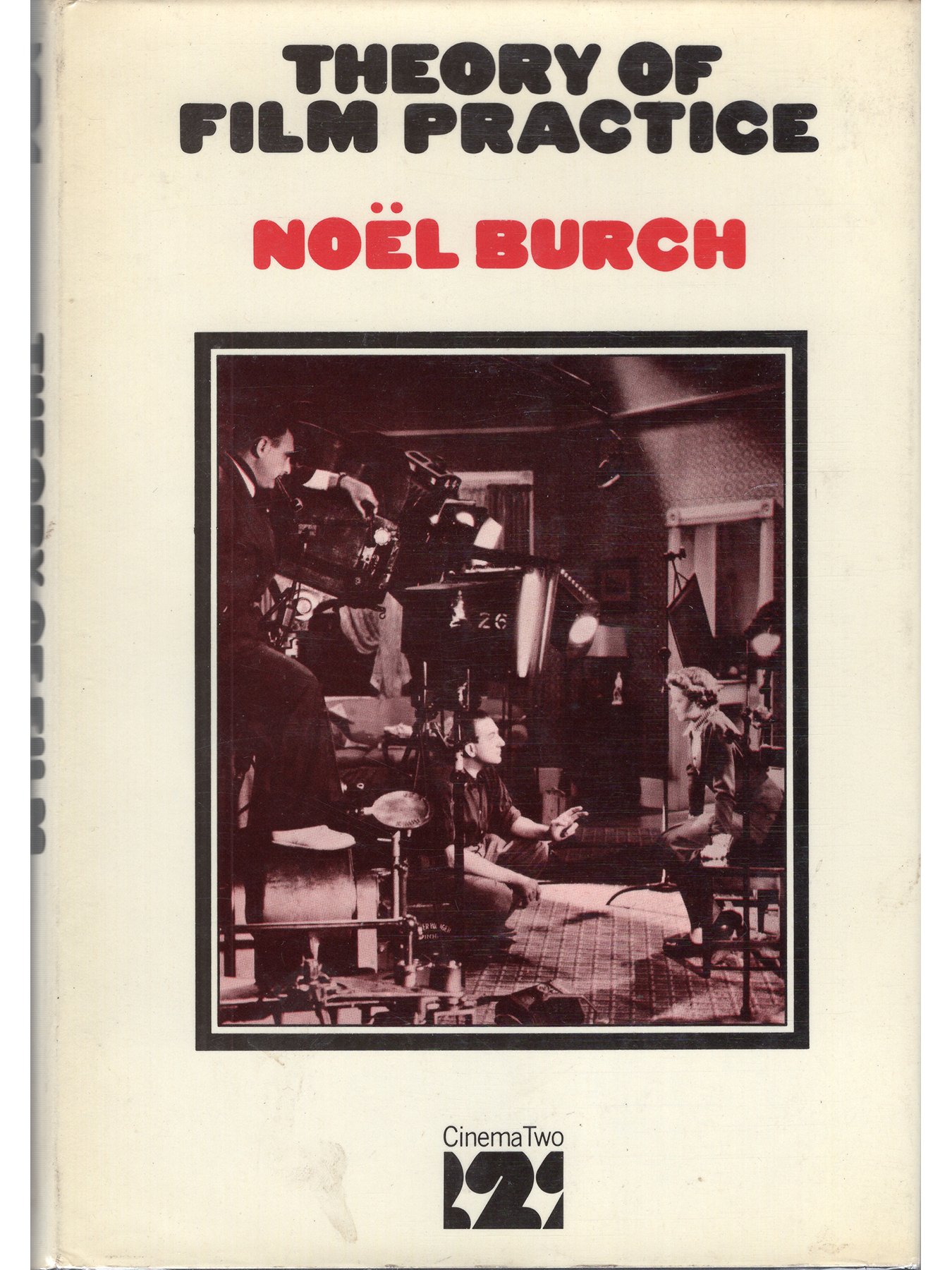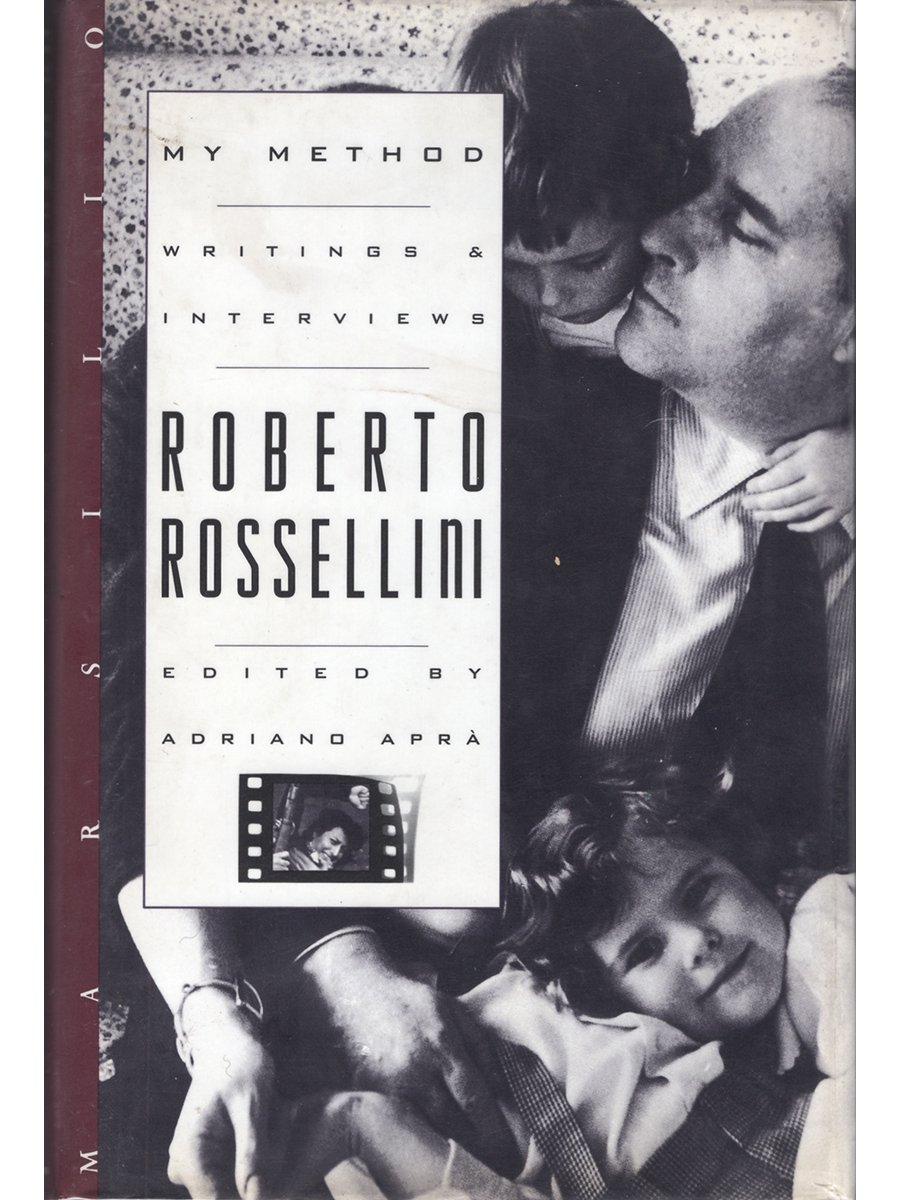 Image 1 of
Image 1 of


A Life by Elia Kazan (Hardcover First Edition)
Published by Alfred A Knopf, 1988
Hardcover
First Edition
848 pages
9.5x6.5 inches
Near Fine book and dust jacket. Comes in removable protective Brodart mylar cover.
Elia Kazan's varied life and career is related here in his autobiography. He reveals his working relationships with his many collaborators, including Harold Clurman, Lee Strasberg, Clifford Odets, Arthur Miller, Tennessee Williams, Marilyn Monroe, Marlon Brando, James Dean, John Steinbeck and Darryl Zanuck, and describes his directing "style" as he sees it, in terms of position, movement, pace, rhythm and his own limitations. Kazan also retraces his own decision to inform for the House Un-American Activities Committee, illuminating much of what may be obscured in McCarthy literature.
Published by Alfred A Knopf, 1988
Hardcover
First Edition
848 pages
9.5x6.5 inches
Near Fine book and dust jacket. Comes in removable protective Brodart mylar cover.
Elia Kazan's varied life and career is related here in his autobiography. He reveals his working relationships with his many collaborators, including Harold Clurman, Lee Strasberg, Clifford Odets, Arthur Miller, Tennessee Williams, Marilyn Monroe, Marlon Brando, James Dean, John Steinbeck and Darryl Zanuck, and describes his directing "style" as he sees it, in terms of position, movement, pace, rhythm and his own limitations. Kazan also retraces his own decision to inform for the House Un-American Activities Committee, illuminating much of what may be obscured in McCarthy literature.
Published by Alfred A Knopf, 1988
Hardcover
First Edition
848 pages
9.5x6.5 inches
Near Fine book and dust jacket. Comes in removable protective Brodart mylar cover.
Elia Kazan's varied life and career is related here in his autobiography. He reveals his working relationships with his many collaborators, including Harold Clurman, Lee Strasberg, Clifford Odets, Arthur Miller, Tennessee Williams, Marilyn Monroe, Marlon Brando, James Dean, John Steinbeck and Darryl Zanuck, and describes his directing "style" as he sees it, in terms of position, movement, pace, rhythm and his own limitations. Kazan also retraces his own decision to inform for the House Un-American Activities Committee, illuminating much of what may be obscured in McCarthy literature.





